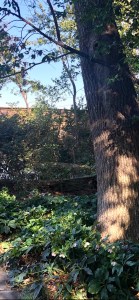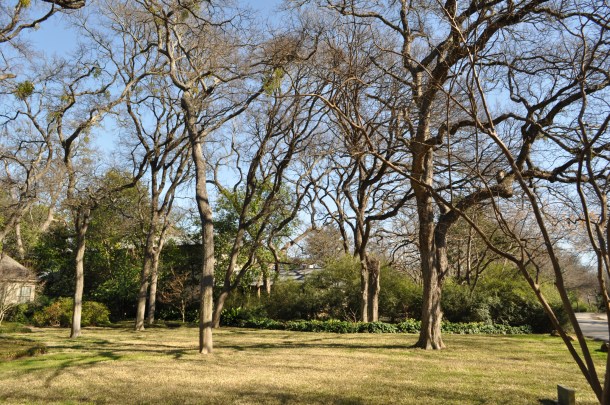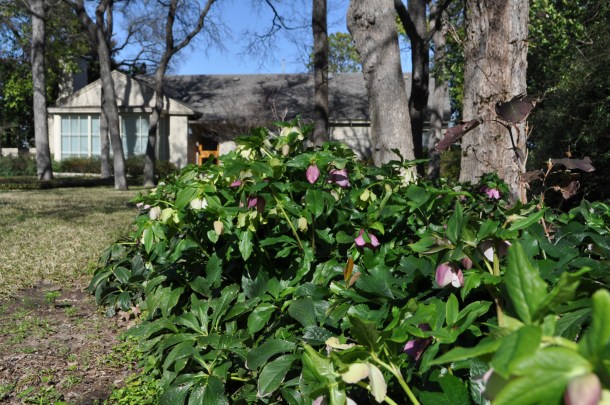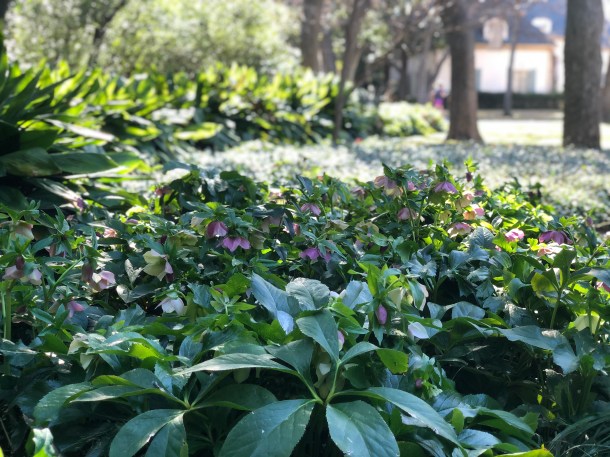February 25, 2024
In our Zone 8 climate they are not only survivors of winter’s chill but soon after a January freeze, Hellebores lift their lovely heads and shower us with an abundance of February color. Starting now and continuing into late March and early April, refresh your home by selectively snipping and arranging their decorative blossoms.
If you aren’t already growing Hellebores in your garden, now is a really good time to give them a try. Many of our local garden centers currently have a wide selection of varieties with colors ranging from ivory and pale green to pink and dark burgundy. You might find comfort in knowing that the symbolic meaning of hellebores includes peace, serenity and tranquility.
My hellebores were planted three years ago and were used to make each of the featured arrangements. However, this was my first time to use hellebores as a cut flower, but it won’t be my last. It has been impressive to see how well their strong and sturdy stems hold up when anchored in a “frog-type” holder.
Here are my top three reasons for growing hellebores:
- During the dreary backdrop of winter, hellebores bring joy to your garden with a rainbow of beautiful colors.
- As a cut flower, hellebores hold up well and can be arranged in unique and beautiful ways.
- As you can see from the photos, hellebores provide honeybees with a much-needed nectar source when options are extremely limited.
Linda Alexander, Dallas County Master Gardener class of 2008
Other Hellebore articles from our archives:
Helleborus, ‘Glenda’s Gloss’ will be planted
along the wavy wall in memory of Raincatcher’s volunteer
and dear friend, Glenda Nix. She was loved and is missed.







